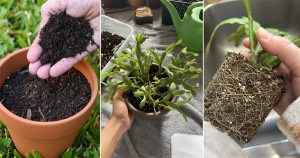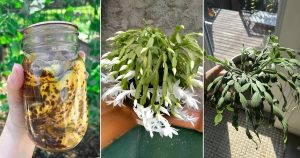Do deer eat succulents? Find out if your outdoor succulents are safe from these four-legged invaders or if you should be cautious!
Growing plants promotes good health, but caring for them comes with its set of challenges! If you enjoy growing succulents and have plenty of deer moving around, this article is for you!
Do Deer Eat Succulents?
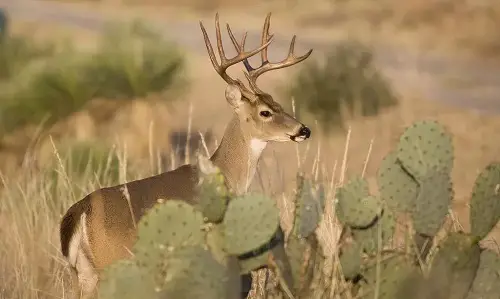
Well, the answer isn’t a simple yes or no. In general, deer tend to avoid succulents due to their thick, fleshy leaves that don’t lure them as much as the softer, leafier plants do. However, when food is scarce, deer are less picky. In such cases, they might nibble on succulents, especially those with softer leaves.
Interestingly, some succulents have developed strong flavors or toxins as a defense mechanism, which can deter these animals. So, while succulents aren’t typically the first choice for a deer’s menu, they’re not completely off the table. It’s a survival game out there, and deer will adapt their diet to what’s available.
When Do Deer Eat Succulents?
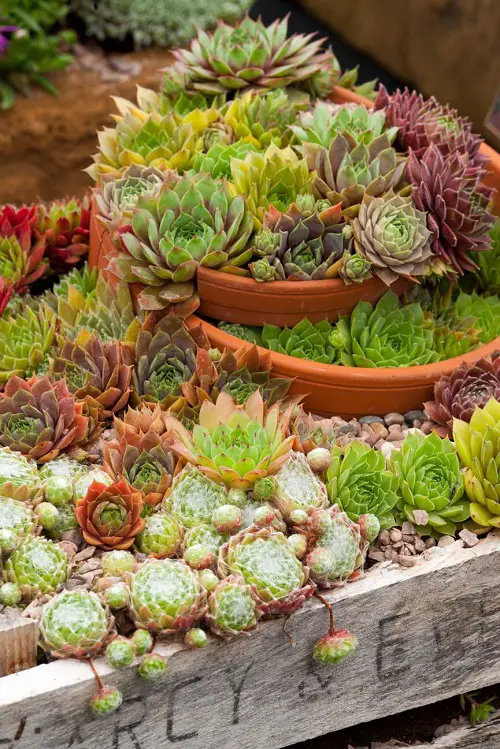
As already discussed, succulents aren’t their favorite dish. Deer might turn to succulents in certain instances, particularly when their usual food sources are scarce. In times of drought or during the cold months when green, leafy vegetation is hard to come by, deer may start browsing succulents as an alternative food source.
Also, in suburban areas where their natural habitat overlaps with human landscapes, deer may venture into gardens, sampling succulents when their preferred choices, like tender shoots, leaves, and flowers, are not readily available.
Some deer also venture into gardens when thirsty, opting for ponds or occasionally smaller water sources like birdbaths. Despite their timidity, hunger and thirst can drive them to devastate gardens.
Types of Deer-Resistant Succulents
When it comes to keeping your succulents safe from deer, you’ve got some pretty good bets:
- Aloe: Most aloes have bitter-tasting sap and are equipped with spiny edges, which deter deer.
- Agave: Like aloe, many agave plants have sharp spines or edges and a taste that doesn’t appeal to deer.
- Sempervivum (Hens and Chicks): These plants have a thick, fleshy texture that deer generally find unpalatable, coupled with their sometimes spikey or rough leaves.
- Cactus: The prickly spines of cacti are a natural deterrent, making most cactus species unattractive as a food source for deer.
- Sotol (Dasylirion): This plant has long, narrow leaves that are typically very fibrous and spikey, which again is difficult and unappealing for deer to eat.
How to Keep Deer away from Succulents?
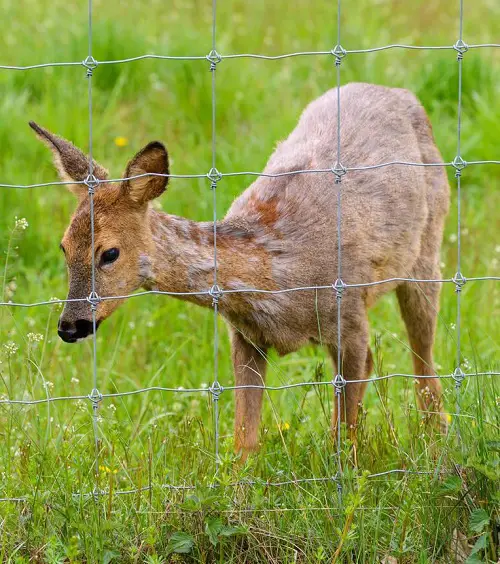
1. Grow Deer-Resistant Plants
Protect your succulents from hungry deer by planting companion plants that naturally repel these animals. Here are some deer-preserving plants that not only safeguard your succulents but also offer additional benefits:
2. Fencing
The most straightforward move is a good fence. A sturdy one, at least 8 feet tall (because deer are Olympic-level jumpers), can keep them on the other side of the garden fence.
3. Use Deer Repellents
Whip up a homemade repellent. Mixtures with garlic, chili pepper, or even commercial deer repellents can make your succulents taste like a bad dinner choice.
Deer rely heavily on their sense of smell. Masking the succulent scent with fragrant soaps or even human hair scattered around can confuse their snouts.
4. Try Motion Sensors
Installing motion sensors offers another defense strategy. Various types are available, some emitting water or sounds to repel animals. Go for sensors emitting changing radio sounds to prevent deer acclimatization.
5. Routine Change-Up
Deer are creatures of habit. Altering your garden layout or changing your deterrent strategies can throw them off their game.

